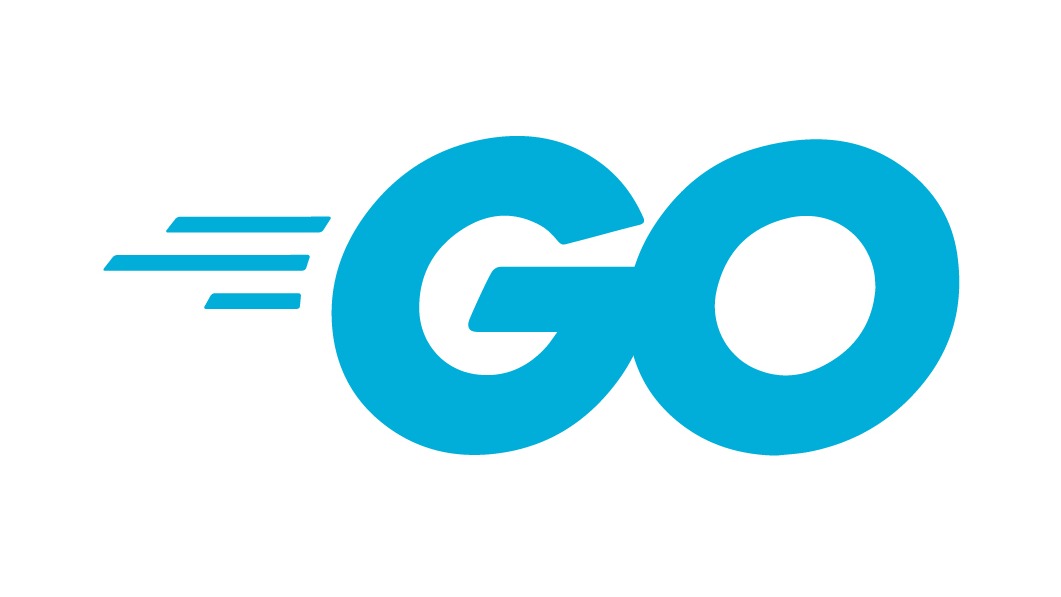문제 설명
문자열 s에 나타나는 문자를 큰것부터 작은 순으로 정렬해 새로운 문자열을 리턴하는 함수, solution을 완성해주세요. s는 영문 대소문자로만 구성되어 있으며, 대문자는 소문자보다 작은 것으로 간주합니다.
제한사항
입출력 예
| s | return |
|---|
| “Zbcdefg” | “gfedcbZ” |
풀이
1
2
3
4
5
6
7
8
9
10
11
| func solution(s string) string {
b := []byte(s)
for i := 0; i < len(s); i++ {
for j := i + 1; j < len(s); j++ {
if b[i] < b[j] {
b[i], b[j] = b[j], b[i]
}
}
}
return string(b)
}
|
선택 정렬 알고리즘을 이용한 풀이
- 문자열을
[]byte 로 변환 후 b 에 저장 s 의 길이 만큼 순회s 의 요소 (기준값) 과, 그 다음 인덱스값부터 끝까지 순회- 만약
s 의 요소 (b[i]) 가 b[j] 보다 작다면 b[i] 와 b[j] 를 스왑 (가장 큰 수가 앞에 나오도록)
- 위 과정을 s 문자열 길이만큼 반복하여 큰 값들을 배열의 앞부터 하나 씩 구해나감
b 를 문자열로 변환하고 반환
선택정렬이란?
- 정렬되지 않은 리스트에서 가장 큰 (혹은 작은) 값을 찾아내어 정렬된 리스트의 끝에 위치시키는 방식을 반복하여 리스트를 정렬하는 알고리즘
- 시간 복잡도는 일반적으로 O(n*n)
sort 패키지를 이용한 문제풀이 방법
1
2
3
4
5
| func simpleSolution(s string) string {
b := []byte(s)
sort.Slice(b, func(i, j int) bool { return b[i] > b[j] })
return string(b)
}
|
테스트코드
유닛 테스트
1
2
3
4
5
6
7
8
9
10
11
12
13
14
15
16
17
18
| var (
s = "Zbcdefg"
result = "gfedcbZ"
)
func TestSolution(t *testing.T) {
answer := solution(s)
if answer != result {
t.Errorf("result %s != solution result %s", answer, result)
}
}
func TestSimpleSolution(t *testing.T) {
answer := simpleSolution(s)
if answer != result {
t.Errorf("result %s != solution result %s", answer, result)
}
}
|
1
2
3
4
5
| $ go test -v
=== RUN TestSimpleSolution
--- PASS: TestSimpleSolution (0.00s)
PASS
ok golang-coding-test/lv1/sort_string_descending 0.153s
|
벤치마크 테스트
1
2
3
4
5
6
7
8
9
10
11
| func BenchmarkSolution(b *testing.B) {
for i := 0; i < b.N; i++ {
solution(s)
}
}
func BenchmarkSimpleSolution(b *testing.B) {
for i := 0; i < b.N; i++ {
simpleSolution(s)
}
}
|
1
2
3
4
5
6
7
8
9
| $ go test -bench . -run ^$
goos: windows
goarch: amd64
pkg: golang-coding-test/lv1/sort_string_descending
cpu: Intel(R) Pentium(R) Gold G5400 CPU @ 3.70GHz
BenchmarkSolution-4 38493555 31.05 ns/op
BenchmarkSimpleSolution-4 4789263 248.7 ns/op
PASS
ok golang-coding-test/lv1/sort_string_descending 3.756s
|
- 선택정렬 알고리즘으로 구현한 코드와 sort 패키지의 Slice 함수를 비교해 보았습니다.
